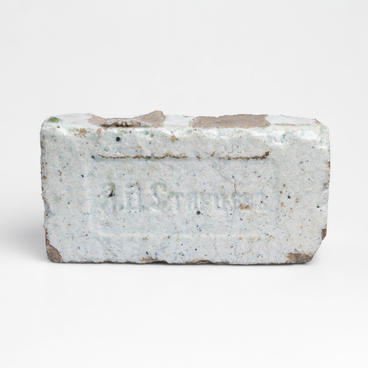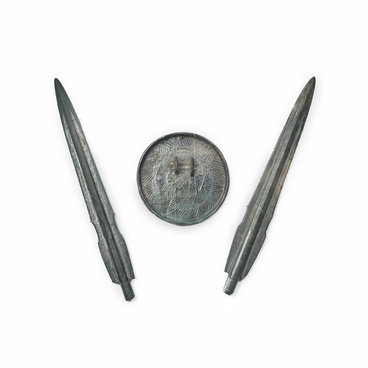The Albazin Icon of the Mother of God “The Sign” (“The Word became flesh”) is an image revered by Orthodox Christians, which became famous in the Amur region in the 17th century, during the period of the settlement of Dauria. The name of the icon comes from the name of the Albazin fortress founded by the Cossacks under the leadership of Erofey Khabarov in the 1650s on the left bank of the Amur (now the village of Albazino), on the site of the town of the Daurian prince Albazy. The second part of the icon’s name is the words from the Gospel of John “And the word became flesh”.
The Virgin Mary was considered the intercessor of the Amur people. The fortress was repeatedly attacked by Chinese troops. In 1658, the Chinese captured and burned Albazin. In 1665, when the Russians returned and restored the fortress, the elderly monk Hermogenes from the Holy Trinity Monastery in Kirensk came to the Amur with the clergy and brought with him a blessing for the newly revived region —the miracle-working icon of the Mother of God “The Word became flesh”, which has been called since then the Albazin icon.
During the years of development of the Amur lands, she was the intercessor and protector of the Russian people. For more than 300 years, the miracle-working Albazin Icon of the Mother of God has been guarding the Amur frontiers of Russia. Orthodox people venerate Her not only as the Patroness of Russian warriors, but also as the Helper of mothers. By iconographic type this image is closest to the icons of “Oranta” (in the Russian tradition “Sign”). This type of icon is characterized by a special depiction of the figure of the Child, emphasizing His presence in the womb of the Mother of God, where the Word, having become man, became flesh. It was the image of the icon of the “carrying in the womb” that led to the custom among Orthodox Christians to pray before it for expectant mothers.
There are several copies of
the icon, one of which is kept in the Vladimir Arseniev Museum of Far East
History. It was with this icon that Guriy the Bishop of Kamchatka, Kuril and
Blagoveshchensk consecrated the laying of the museum. The copy of the icon has
a handwritten signature of the Bishop on the back. The icon has been protecting
the museum for more than 130 years since the day the building was laid, June
30, 1888.


